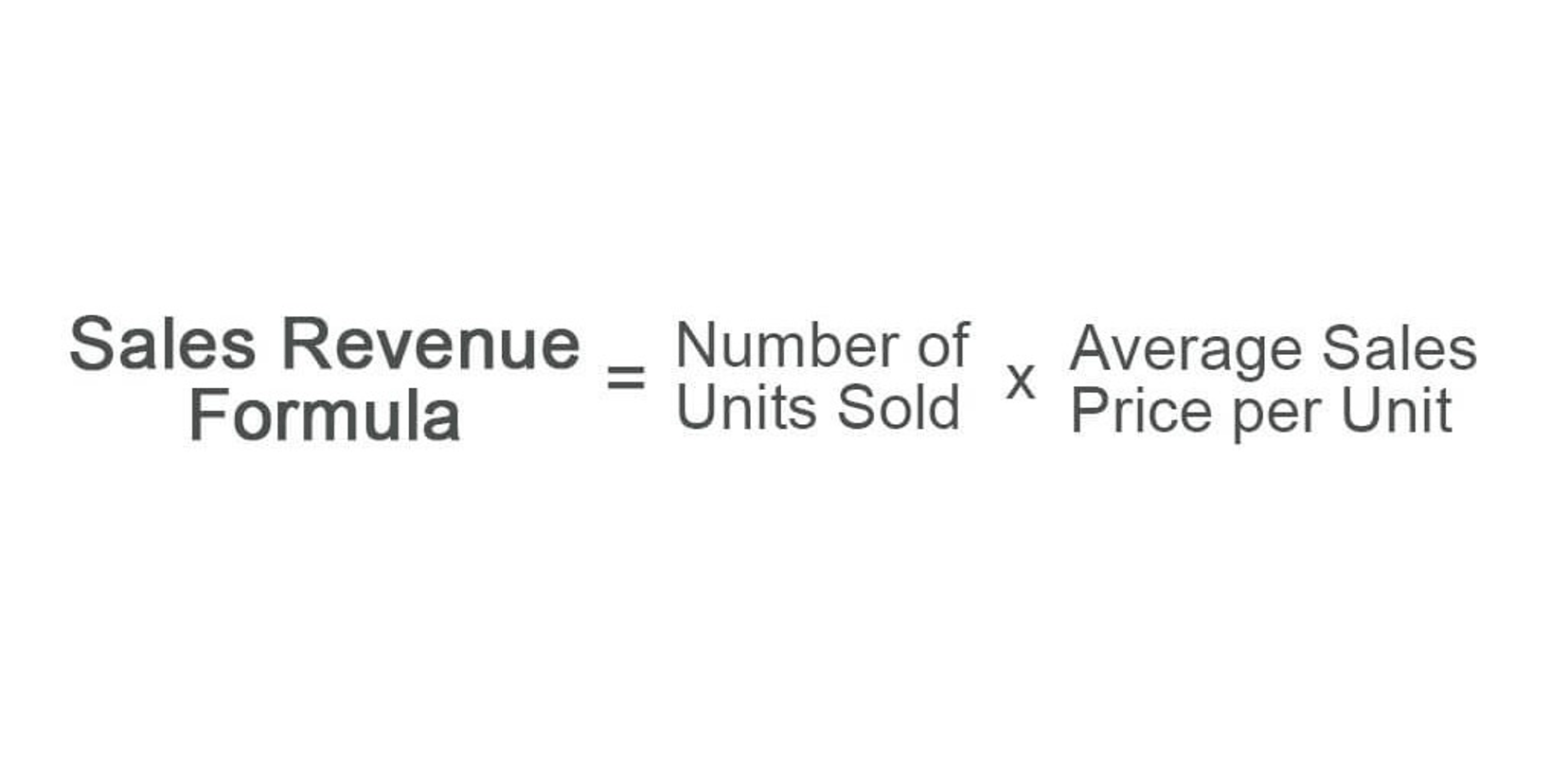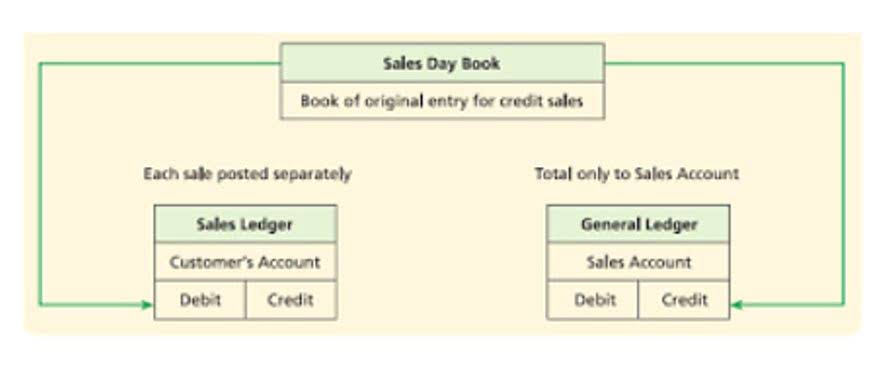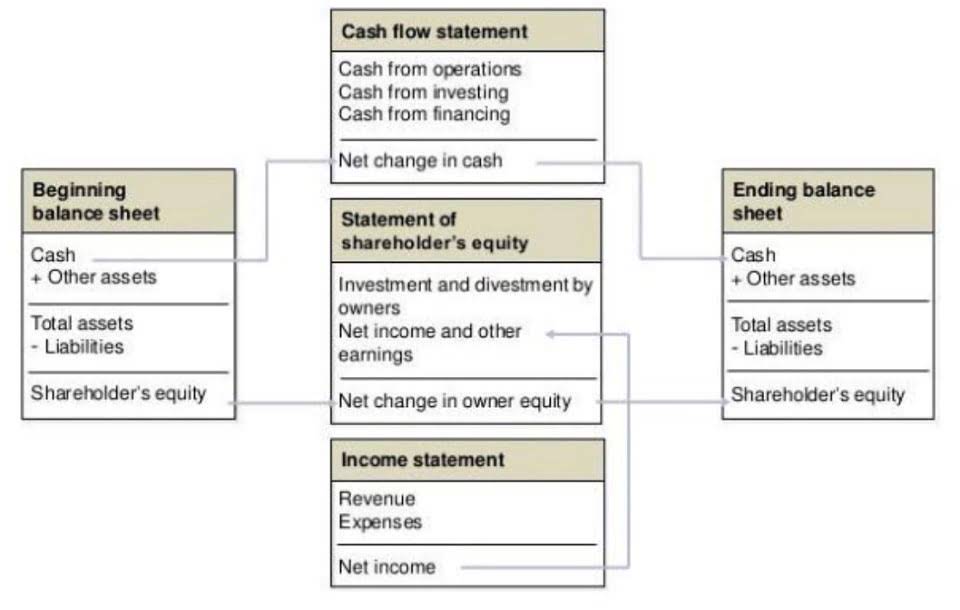
We’ll keep your small business in compliance, and offer advice to help you grow. Additionally, search ClearlyRated to find Seattle accountants that specialize in audit & assurance, business tax, business valuation, consulting, and personal tax. The best Seattle accountants secured the Best of Accounting award by obtaining at least a 50% Net Promoter® score indicating that they provide exceptionally high levels of client service to their Seattle clients. BDO Seattle is committed to supporting local community initiatives, including The Food Lifeline, whose goal is to feed people who are experiencing hunger today and, at the same time, solve the issue of hunger for tomorrow. Seattle University has partnered with United Way and the Internal Revenue Service to provide free tax return preparation service to the public. Be among the first to receive timely program and event info, career tips, industry trends and more.

Intensive Analysis of Accounting Principles & Practices

My new goals and dreams have brought me renewed energy and happiness.” We support not-for-profits, membership based organizations, retirement plans, and other organizations with a variety of compliation, review, audit, and tax services. Since 1971, we’ve helped thousands of organizations grow and thrive by building long-lasting relationships. Find out how we can put our wealth of accounting and tax planning experience to work for you and for your business. bookkeeping seattle We offer assistance with personal financial services like retirement planning, insurance, and college savings plans. BDO’s core purpose of helping people thrive, every day, extends beyond our clients and into our communities.
- Join Beta Alpha Psi, the Accounting Society’s honors club, and attend Accounting Department-sponsored networking events with alumni and accounting professionals.
- Accounting faculty have industry and government experience and reflect the changing environment in the accounting industry itself, including varied ethnic backgrounds and specialties.
- We provide small businesses with clarity on their financials so you can make strategic decisions on the business and when to execute.
- He started off in a tiny office with one file cabinet drawer of clients.
cover bills and invest in growth

Join cash flow Beta Alpha Psi, the Accounting Society’s honors club, and attend Accounting Department-sponsored networking events with alumni and accounting professionals. Evaluate the accounting implications of an economic event by applying the principles, standards, and practices of financial accounting. We’ll also make sure you’re ready to start accounting coursework by including a few prerequisite courses in statistics, finance, and economics.
- Our Seattle CPA firm offers accounting, tax, consulting and advisory services tailored to meet the individual needs of each client.
- Reach out to us to learn more about our acccounting and tax services.
- The company offers its expertise to business owners, executives, and individuals, providing a variety of services.
- You’ll get real-world experience with a tax practicum that involves community-engaged learning.
- At Count on That, we’re here to save you from the stress of accounting and finance, so that you can focus on your passion.
Nonprofit & Community
It offers a range of services, from designing and implementing accounting systems to handling daily bookkeeping and filing taxes. NSKT Global is led by Nikhil Mahajan, a certified fraud examiner and Sarbanes-Oxley expert. Its leadership team includes Dennis B. Kremer, a forensic, valuation, and litigation support professional whose expertise spans more than four decades. Based in Seattle, CPA Seattle PS is an accountancy firm that provides its services to local individuals and businesses in Seattle and the surrounding areas. Moreover, it also offers IRS representation to federal and state agencies. Derek Morse, a CPA since 2001, has taken over operations of the firm in 2018.

ORGANIZATIONS
Study assignments develop not only number skills, but also writing/speaking and teamwork/interpersonal skills. Providing exceptional client service is not something our people work at – it is inherent in their natures. We hire friendly professionals who believe in follow-through and ensuring all our clients are enthusiastically satisfied. We build true partnerships with our clients – not transactional relationships – to hold you accountable to take action and achieve Accounts Receivable Outsourcing your business goals.
- Alisa NA, CPA, is an accounting firm that has been providing accounting services since 1995 to its individual and business clients in Seattle.
- Moreover, it also offers IRS representation to federal and state agencies.
- It also prepares you to sit for the Certified Public Accountant (CPA) exam.
- Miss Bookkeeper is a Kirkland business that has been providing bookkeeping services to small businesses in the Greater Eastside area, Snohomish County, and Seattle for over two years.
Top 5% World Business Schools & AACSB accredited
- I also had entrepreneurial experience as an online and offline flower shop owner.
- Tax advisory and payroll services are available, and the crew gets employer identification numbers for new business ventures.
- We’re entrepreneurs with a vision for building a business that does more than simply turn a profit.
- Having a CPA on your side is an invaluable asset—even when it’s not tax season!
- Smart CPAs who can keep your business in compliance are dime a dozen.
The business offers bookkeeping services and packages are basic bookkeeping, mid-level bookkeeping, and advanced bookkeeping. Overall Office Solutions also offers stand-alone services which include notary services, payroll processing, reconciling, and QuickBooks set-up. Nancy Morelli has more than 20 years of accounting and administrative experience. Overall Office Solutions is accredited by the Better Business Bureau and has an A+ rating. North’s programs serve both college graduates and new students with little or no background in the field. North also offers a 2-year AAS-T program that transfers directly to our 4-year BAS degree in International Accounting.





